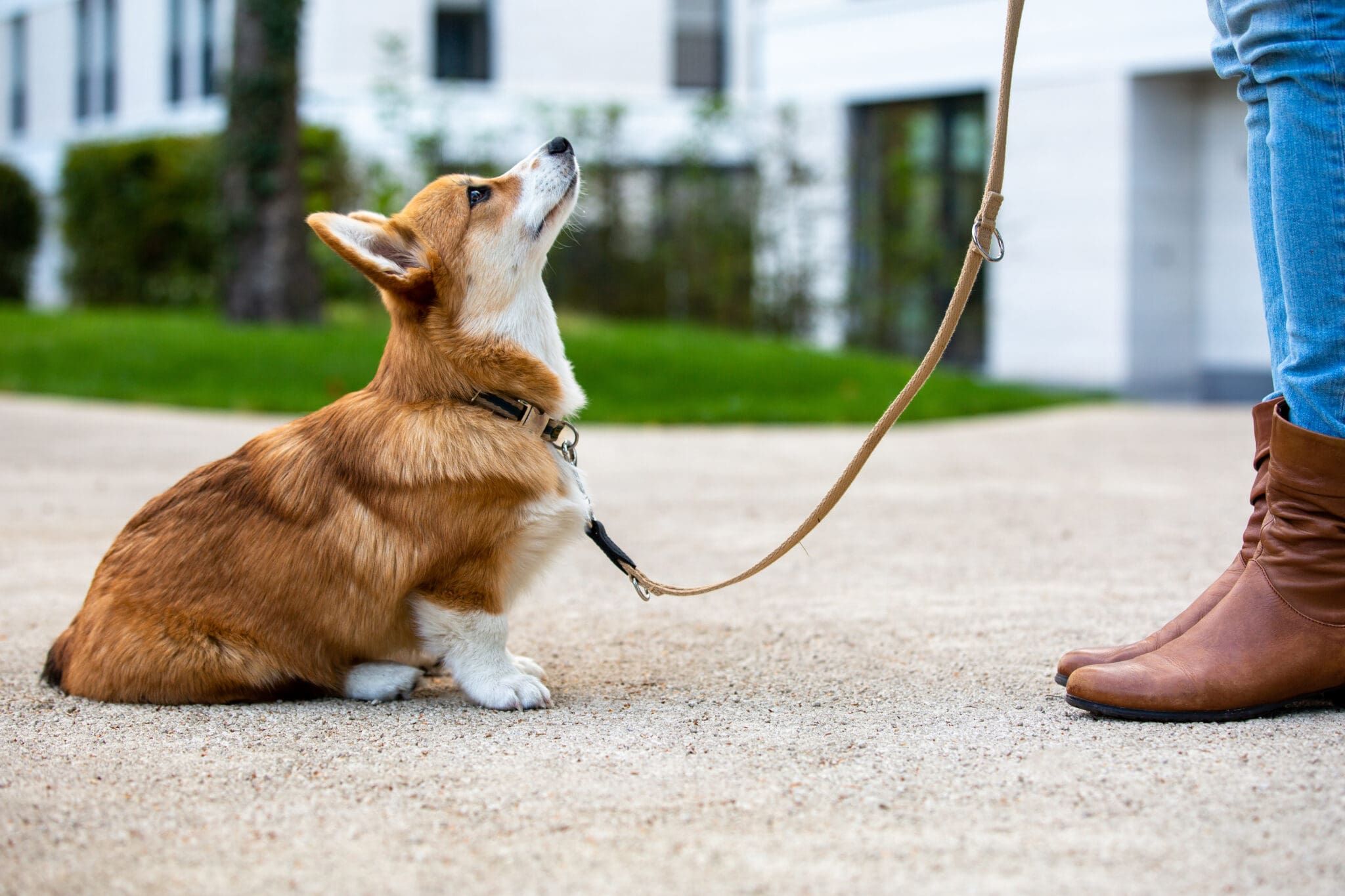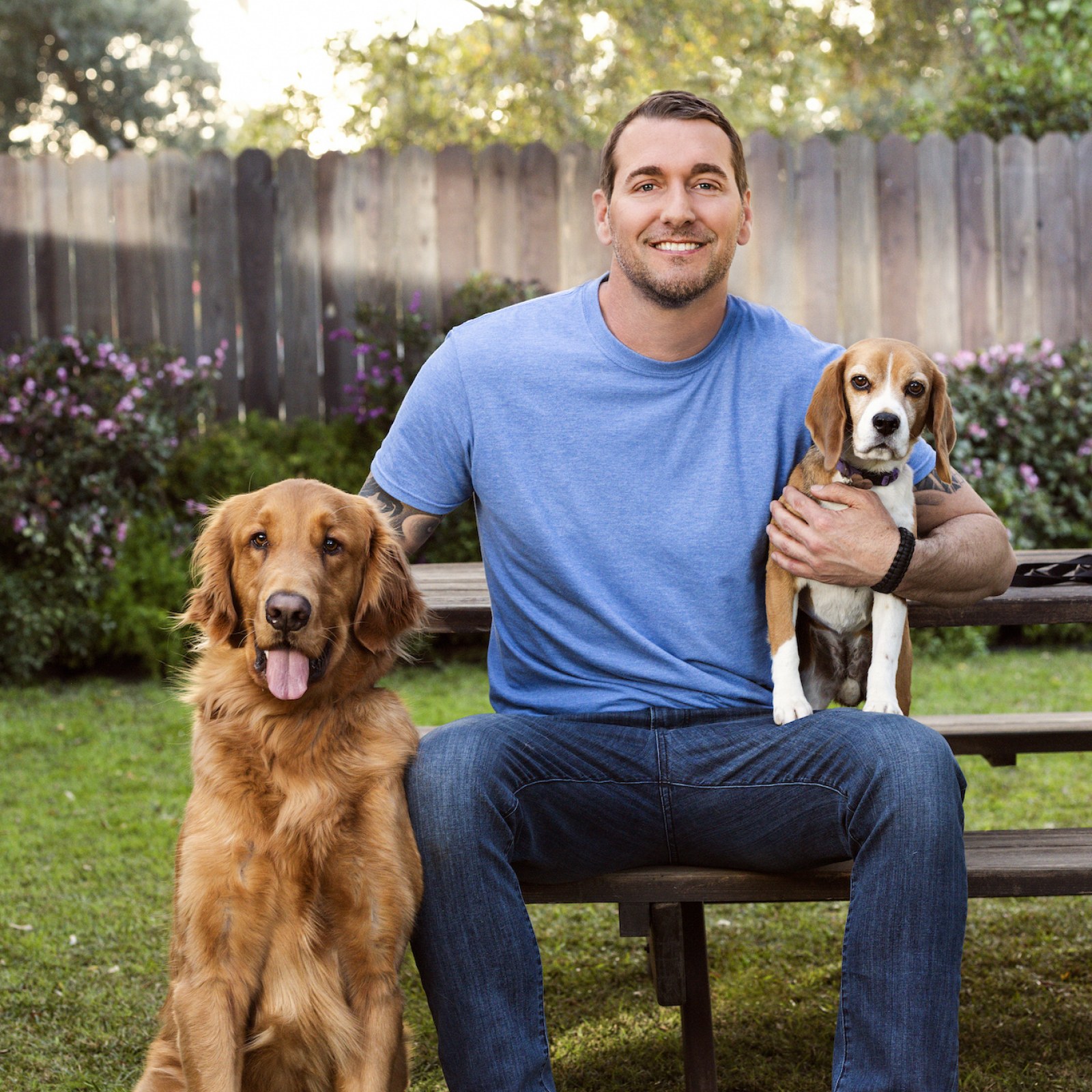Leading Dog Educating Strategies Every Proprietor Must Know

Favorable Reinforcement Methods
Using positive support methods is crucial for efficient pet dog training, as it fosters a relying on bond between the pet and the trainer. This technique concentrates on fulfilling desirable actions rather than punishing unfavorable ones, producing an atmosphere for finding out. Incentives can consist of treats, appreciation, or play, which motivate dogs to repeat the habits that gain them these benefits.

Additionally, this approach boosts the pet dog's enthusiasm for training sessions. When canines connect training with favorable experiences, they are extra involved and responsive. Past prompt behavior modification, positive reinforcement motivates a joint partnership between the pet dog and trainer, lowering stress and anxiety and worry
To optimize performance, it is critical to deliver benefits immediately, making certain the dog connects the actions with the support. Basically, favorable support methods not just yield better-trained canines but likewise advertise an unified collaboration between dog and owner.
Remote Control Training Approach
The remote control training technique is an extremely efficient method that builds on the principles of favorable support by adding an unique noise to mark preferred actions. This method utilizes a little portable gadget that generates a clicking sound, enabling trainers to connect with their dogs in a clear and prompt fashion. When a canine performs a behavior that the proprietor desires to encourage, the clicker is activated, adhered to by an incentive, normally in the type of treats or praise.
The key to effective remote control training lies in consistency and timing. It is crucial to click at the precise minute the desired behavior takes place, guaranteeing that the canine links the sound with the action and the subsequent incentive. This method not just boosts communication but additionally promotes a stronger bond between the proprietor and the pet dog, as it urges involvement and interaction during training sessions.
Remote control training can be put on a range of commands and behaviors, from basic obedience to more complex methods. Its versatility and effectiveness make it a preferred strategy among specialist fitness instructors and family pet proprietors alike, leading the way for a responsive and well-trained canine companion.
Chain Training Fundamentals
Reliable leash training is vital for ensuring a risk-free and satisfying strolling experience for both pet dogs and their owners. Dog training. Leash training should begin very early and be approached with perseverance and consistency. Start by picking an appropriate leash and collar or harness. A flat collar may help some dogs, while others may take advantage of a harness that lowers pulling.
Present your canine to the chain gradually, permitting them to explore it in a comfortable atmosphere. Technique loose-leash walking once they are accustomed. This entails fulfilling your pet dog for walking close to you instead of pulling in advance. Use treats and praise to reinforce preferred habits, and be sure to remain tranquil and assertive.
If your canine begins to pull, quit strolling promptly. Additionally, practice numerous walking environments to assist your pet dog adjust to disturbances.
Regular method will strengthen your pet dog's understanding of leash etiquette. Keep in mind that chain training is an ongoing process; patience and uniformity will produce the most effective results, fostering a positive experience for both you and your canine companion.
Socialization Techniques
Socializing is an important aspect of dog training that need to preferably start throughout puppyhood but can be beneficial at any kind of age. Reliable socializing aids dogs develop self-confidence and reduces the possibility of behavior problems. To execute effective socialization methods, expose your pet dog to a range of settings, people, and other pets.
Start with controlled settings, such as pup classes or arranged playgroups, where young pet dogs can connect securely. Progressively introduce your dog to new experiences, consisting of different sounds, surfaces, and activities. Make certain these encounters are positive and rewarding to establish a complacency.
For adult pets or those lacking direct exposure, start with low-stress scenarios. Short, positive interactions with calm pet dogs and pleasant people can create positive organizations. Utilize deals with blog here and praise to enhance desirable habits during these experiences.

Consistency and Perseverance
Recognizing the relevance of consistency and patience in dog training is necessary for attaining lasting outcomes. Educating a dog is a gradual process that requires an organized approach and unwavering commitment from the proprietor. Each command or habits have to be strengthened continually to assist the pet understand what is expected of them. Inconsistent training can bring about confusion, making it difficult for the pet to comprehend commands or behaviors, inevitably preventing development.
Pet dogs, like human beings, learn at their very own speed. This promotes a relying on partnership in between the pet and proprietor, urging a much more passionate and eager learner.
To grow uniformity and patience, develop a regular training routine, make use of the very same commands, and guarantee that Related Site all family members use the exact same training concepts - Dog training. By doing so, you develop a secure environment favorable to finding out, allowing your pet to establish and grow right into a mannerly friend
Final Thought
Finally, reliable pet dog training strategies, such as positive reinforcement, remote control training, and appropriate leash training, are important for promoting a healthy and balanced owner-dog connection. Additionally, carrying out socialization approaches and keeping uniformity and patience throughout the training procedure contributes significantly to a dog's overall wellness. By integrating these approaches, pet dog owners can help with the growth of well-adjusted, loyal family pets, ultimately enhancing the top quality of life for both the canine and the proprietor.
Among the most noticeable approaches are favorable support, remote control training, and chain training, each visit the website offering unique benefits that contribute to a well-behaved dog. As we check out these fundamental techniques, it becomes obvious that mastering their subtleties can significantly affect the training experience and the pet's total behavior.Utilizing positive reinforcement techniques is crucial for effective pet dog training, as it promotes a relying on bond between the canine and the instructor.In final thought, efficient canine training methods, such as favorable support, remote control training, and correct leash training, are important for promoting a healthy and balanced owner-dog connection. By integrating these techniques, canine owners can help with the development of well-adjusted, obedient pet dogs, ultimately enhancing the high quality of life for both the pet and the owner.